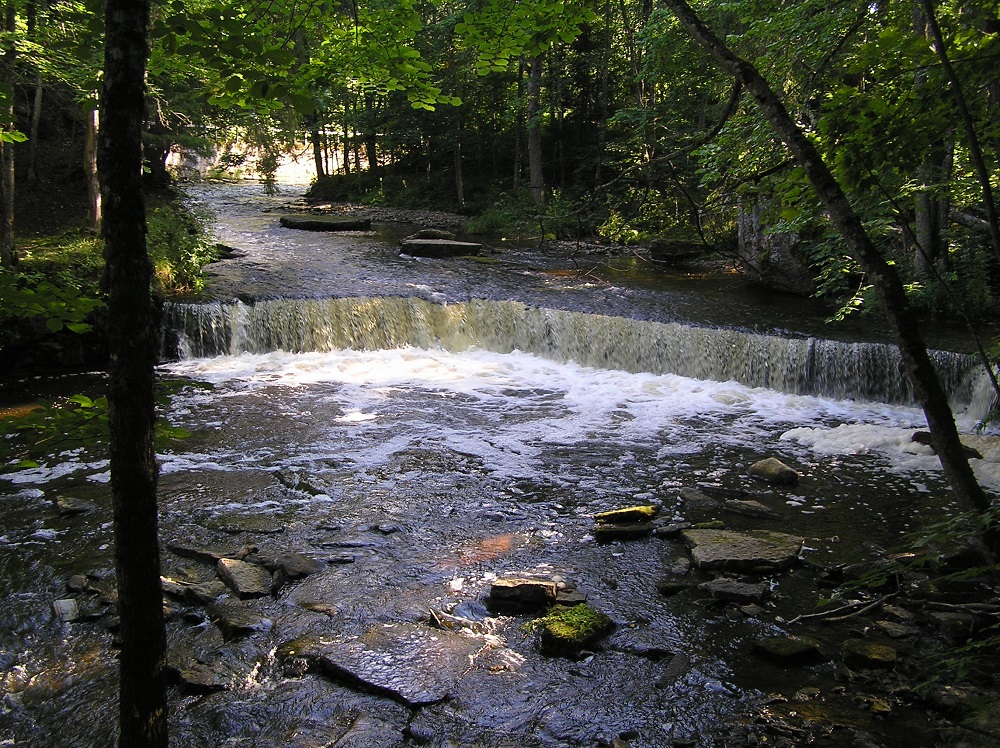According to the water flow, inland water bodies are divided into watercourses and stagnant water bodies
Inland waters include waters separated from the oceans: rivers, lakes, artificial water bodies, groundwater, continental ice, and glacier water [1]. People usually associate inland waters with activities such as fishing, hiking, quenching their thirst, and watering plants. However, the water bodies are also important, for example, for athletes (rowers, sailors, motor sport lovers) and for real estate (the so-called lakes and rivers with a million-euro view) [2].
According to their location in relation to the ground, water bodies can be divided into surface water bodies and underground water bodies. The latter include both underground rivers, lakes, and cavern water bodies, as well as groundwater [3].
According to their origin, inland water bodies can be divided into natural (e.g. lakes, rivers, and springs) and artificial or anthropogenic (reservoirs, ponds, and ditches) water bodies; by their constancy, into permanent and temporary water bodies [3].
However, the most common is the grouping of inland waters by the water flow, dividing them into watercourses and stagnant water bodies.

A watercourse is a body of water with constantly changing and mostly fresh water running along a narrow groove in the ground. Some watercourses may also be temporary, such as watercourses that dry up in the summer, or flow in whole or in part underground. Natural watercourses are called rivers and streams, and the distinction between them is very conditional. Anthropogenic watercourses are commonly referred to as ditches or canals [3]. The rivers that converge at the same estuary form a river system, the longest river of which is called the main river, whereas the rivers that join it are called tributaries. The land area from which the water flows into the river system is called a drainage or catchment basin [4].
In stagnant water bodies, water does not appear to flow and their water exchange is slow. Stagnant water bodies include, for example, lakes, ponds, bog ponds, and basins, as well as other smaller stagnant water bodies. A lake is a relatively large inland water body with stagnant water, the minimum area of which is usually defined as 1 ha. In the case of smaller bodies of water, we speak of puddles or small lakes, which include, for example, bog ponds, shallow bays, and loughs. Lakes that are interconnected or located in a single hydrological system form a lake system. Lakes close to each other, which may not be interconnected, form a lake complex. Anthropogenic standing water bodies are called artificial lakes, basins, or ponds [3].
Last modified: 12.11.2021
______________________________________________________
[1] https://et.wikipedia.org/wiki/Siseveed
[2] https://www.kalateave.ee/et/312-valjaanded/9091-siseveekogud-opik-korgkoolidele-eesti-maaulikool-2020
[3] I. Ott, H. Timm. Siseveekogud. Õpik kõrgkoolidele. 2020.
http://dspace.emu.ee/xmlui/handle/10492/6196
[4] H.Timm, R. Järvekülg, P. Pall, S. Vilbaste. Eesti jõed. Varrak, Tallinn. 2019.